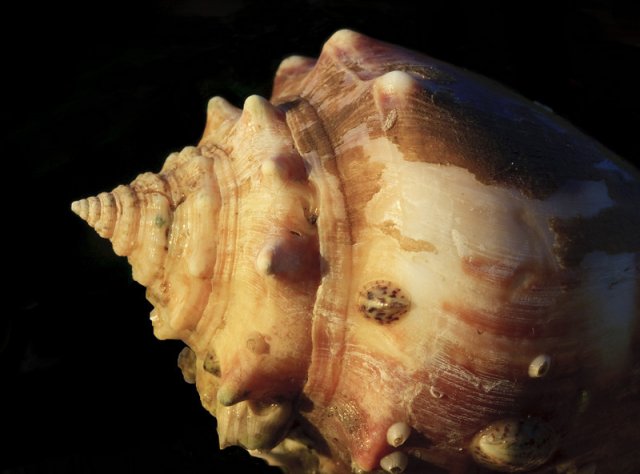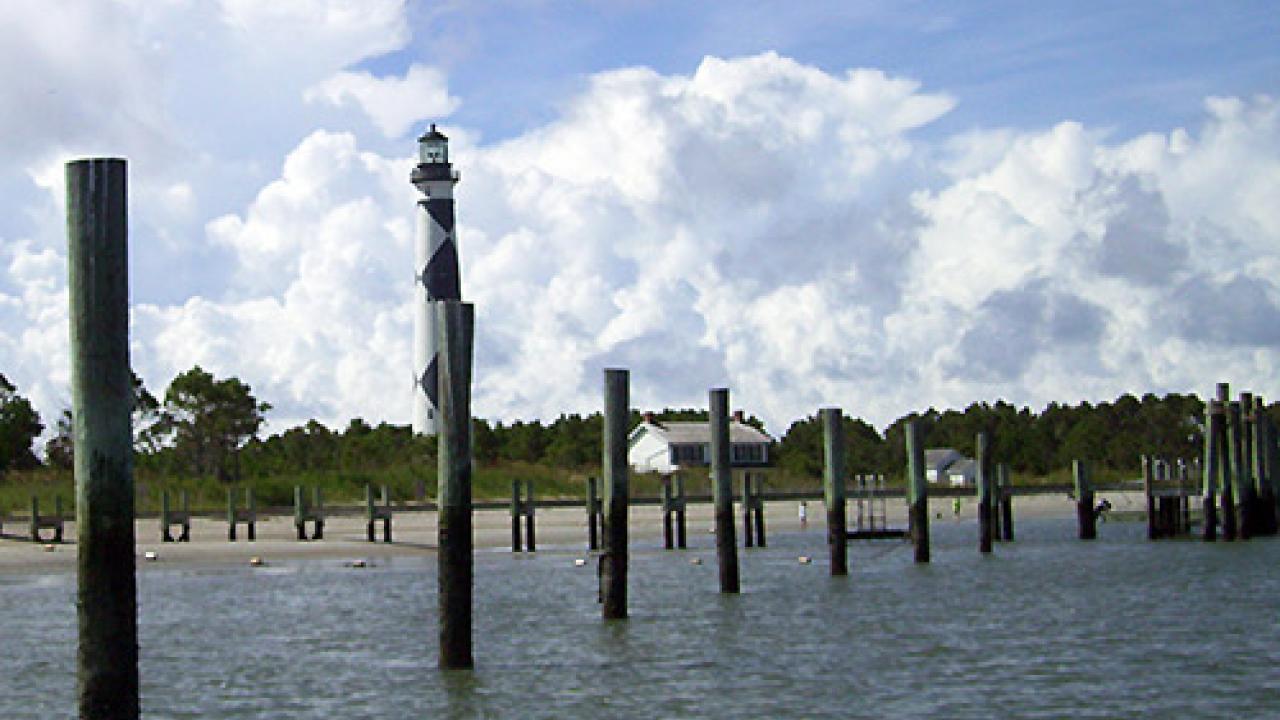Ocean acidification poses significant threats to marine ecosystems, impacting not only aquatic life but also human communities that depend on these resources. This report explores the various impacts of acidification as evidenced by recent research.
The Mechanism Behind Ocean Acidification
Human activities, particularly the release of carbon dioxide (CO2) into the atmosphere, have led to alarming changes in ocean chemistry. The acidity of the ocean has risen approximately 25% since the pre-Industrial era, marking the most rapid change in the last two million years[2]. As oceans absorb CO2, the resulting chemical reactions decrease the availability of carbonate ions, which are essential for marine organisms that rely on calcium carbonate for their shells and skeletons.
Effects on Marine Life


One of the most affected groups of organisms is those that build calcium carbonate structures, such as mollusks, corals, and some species of fish. Research indicates that increased acidity can slow the growth of these organisms and, in severe cases, dissolve their protective structures faster than they can regenerate[2]. For instance, studies show that organisms like mussels, sea urchins, and crabs may start to dissolve their shells in response to elevated acidity in seawater, which compromises their health and increases energy expenditure needed to maintain their physiological functions[2].
Additionally, ocean acidification has been shown to impact the early life stages of many marine species. Larval forms, such as oyster and sea urchin larvae, are particularly vulnerable, with increased acidity hindering their proper development. This vulnerability can have cascading effects through the marine food web, as these larvae are crucial for the survival of predatory species[2].
The impacts of acidification are not limited to immediate physiological effects; they can also alter complex behaviors in marine life. For example, fish larvae exposed to acidic conditions may lose their ability to detect predators, which significantly affects their survival rates[2].
Economic Implications for Coastal Communities

Ocean acidification threatens not only marine life but also the economies of coastal communities that rely on fishing and aquaculture. A recent vulnerability assessment highlights that communities dependent on the $1 billion shelled-mollusk industry, including oysters and clams, face long-term economic risks due to acidification[4]. The shellfish industry in the Pacific Northwest has already suffered considerable losses, with reports estimating nearly $110 million in damages and the jeopardization of over 3,200 jobs due to environmental changes attributed to acidification[4].
The assessment indicates that vulnerable communities span a range of locations across the United States, from New England to the Gulf of Mexico, emphasizing that acidification is a nation-wide issue. Specific “hot zones” have been identified where local factors exacerbating acidification, such as nutrient pollution, compound the effects of global phenomena[4]. For example, the combination of poorly buffered cold waters and increased nitrogen from agricultural runoff creates particularly severe conditions for shellfish in areas like Narragansett Bay and the Chesapeake Bay[4].
Biodiversity as a Mitigating Factor

Recent studies suggest that higher biodiversity within marine ecosystems can mitigate some negative impacts of ocean acidification. Experimental evidence has shown that in biodiverse habitats, the overall impact on key organisms can be reduced by 50% to over 90% compared to less diverse settings[3]. This is attributed to a greater availability of food resources and healthier microbe-host associations, which enhance resistance to changing conditions.
For example, the presence of various species in hard-bottom ecosystems can buffer the impacts of acidification, sustaining the functionality and growth of habitat-forming organisms like corals, sponges, and macroalgae[3]. This highlights the importance of biodiversity not just for ecological balance but also for resilience against environmental changes.
Conclusion
The impacts of ocean acidification are multi-faceted, affecting both marine ecosystems and human livelihoods. Changes in ocean chemistry threaten the survival and health of marine organisms, particularly those dependent on calcium carbonate structures. These biological issues have significant economic consequences for coastal communities reliant on marine resources. Enhancing biodiversity appears to be a promising strategy for mitigating some of these adverse effects, underscoring the interconnectedness of marine species and the importance of maintaining healthy ocean environments. Addressing ocean acidification will require coordinated global efforts to reduce carbon emissions, alongside localized strategies that fortify vulnerable communities against this existential threat.
Get more accurate answers with Super Pandi, upload files, personalized discovery feed, save searches and contribute to the PandiPedia.
Let's look at alternatives:
- Modify the query.
- Start a new thread.
- Remove sources (if manually added).